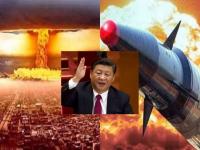US defence department issues detailed report on China warns about nuclear weapons
By Lokmat English Desk | Published: November 4, 2021 07:00 PM2021-11-04T19:00:00+5:302021-11-04T19:00:00+5:30

The Pentagon, the headquarters of the United States Department of Defense, released on Wednesday its comprehensive report on China, in which it detailed a host of things – including the missions and tasks with which Beijing is equipping armed forces in the “new era” and all-inclusive data on China's defense contracts, its resources and technology for modernisation, and the Dragon's growing global influence under president Xi Jinping. It also contains a host of elaborate data on the Taiwan crisis, the India-China border standoff, as well as the underlying pattern in the multilateral exercises conducted by the People's Liberation Army (PLA) last year.
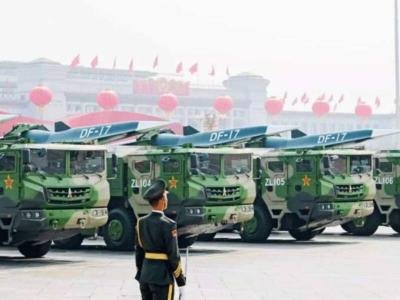
The Pentagon said in its report that despite ongoing diplomatic and military dialogues to reduce border tensions, China has continued “taking incremental and tactical actions” to press its claims at the Line of Actual Control (LAC) with India and has unsuccessfully sought to prevent New Delhi from deepening its relationship with the United States.
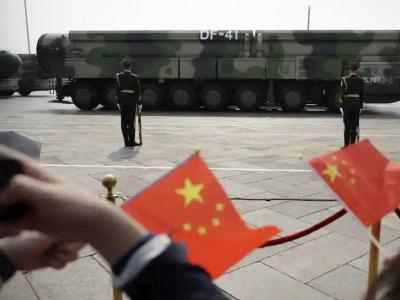
The Pentagon regularly reports to the Congress on the Indo-Chinese military standoff in eastern Ladakh.
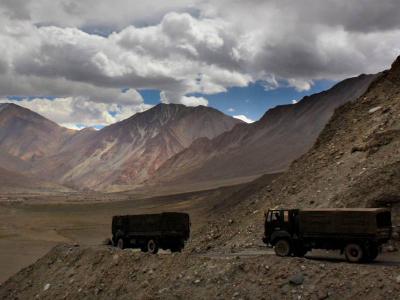
The Department of Defense has categorically said China is indulging in aggressive and coercive behaviour with its neighbours, India in particular.
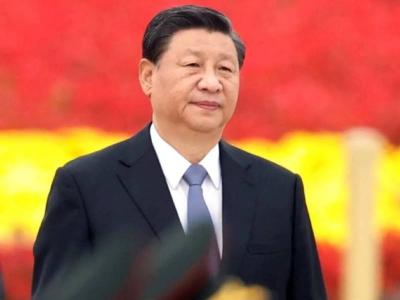
In addition, a substantial reserve force from the Tibet and Xinjiang Military Districts were deployed to the interior of Western China to provide a rapid response to the border situation, the report said.

The Pentagon confirmed that in 2020, China built a large 100-home civilian village in a piece of “disputed territory” between the Chinese Tibet Autonomous Region and India's Arunachal Pradesh state in the eastern sector of the LAC.
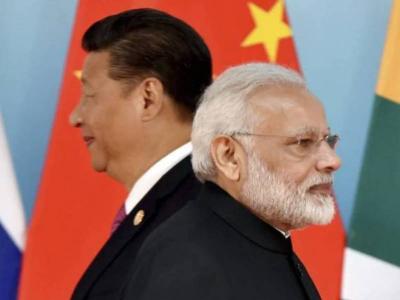
At the height of the border standoff between China and India in 2020, the Chinese Army even installed a fiber-optic network in the remote areas of the western Himalayas to provide faster communications and increased protection from foreign interception, the report said.

. It added that the PLA field commanders view near-real-time intelligence, surveillance, and reconnaissance, and situational data as well as redundant and reliable communications as essential to streamlining decision-making processes and shortening response timelines.
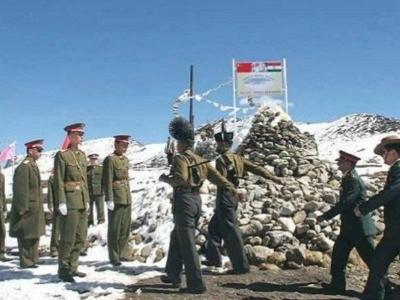
Meanwhile, China’s state-controlled media continues to forcefully assert Beijing's intent to refuse any territorial concessions demanded by India. It has continued to blame India for provoking the standoff through India's increased infrastructure development near the LAC and using this as justification, China refused to withdraw forces till India's forces have withdrawn behind the Chinese version of the LAC and ceased infrastructure improvements in the area.


















